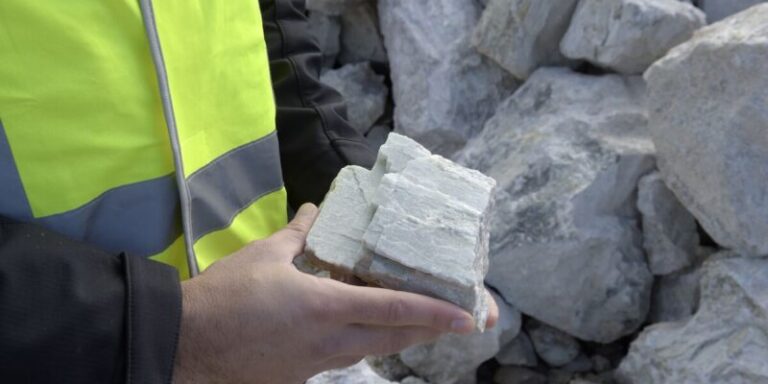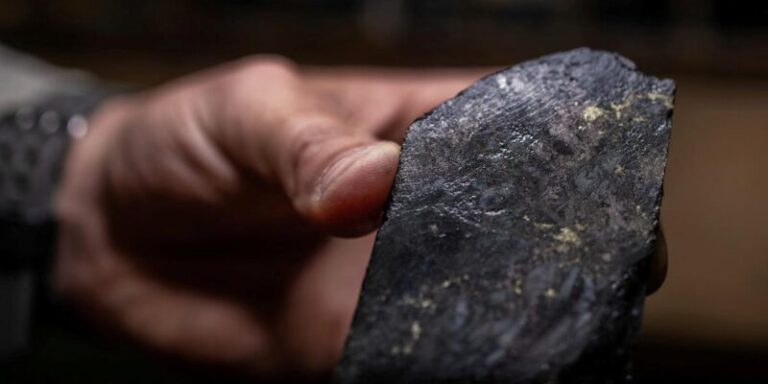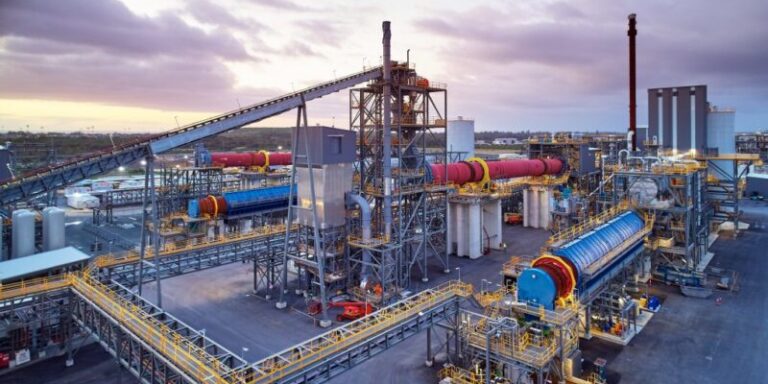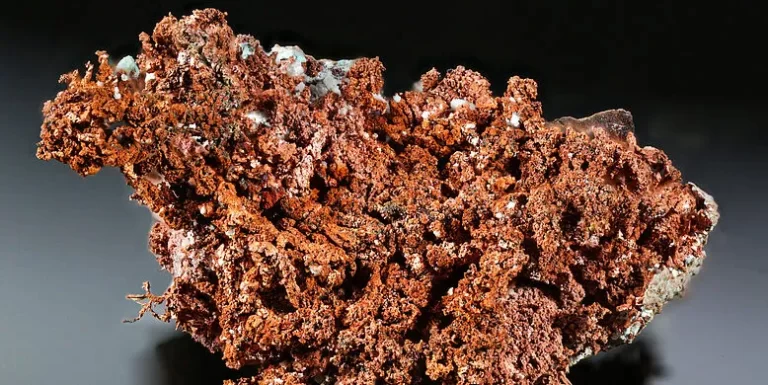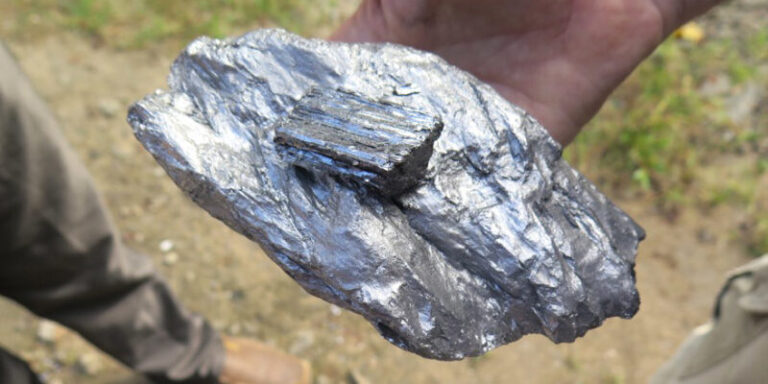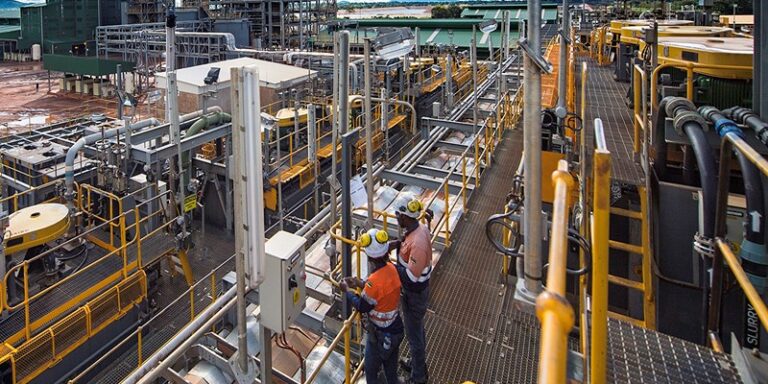
With a focus on silicon for anodes and advanced materials in other areas, a new generation of lithium-ion batteries is poised to improve electric vehicle range and affordability.
Battery development experts from the auto industry and rapidly expanding startup companies concurred at the recent Battery and Electrification Summit (presented by Battery Technology and SAE International) that “disruptive” solid-state and other battery designs are poised to begin playing a role in electric vehicles (EVs) and other applications well before the end of this decade.
Adoption of solid-state technology is being advanced, several conference presenters reported, by accelerating innovation in the use of new materials — silicon, primarily — for anodes. And some solid-state battery designs propose to eliminate anodes altogether.
Bob Galyen, chairman of SAE International’s Battery Standards Steering Committee and NAATBatt International Chairman Emeritus and CTO, said in a keynote presentation that for automotive EV applications, solid-state battery designs have several “success factors” in their favor — a chief one being their lack of combustible volatile organic compounds, not to mention their ability to remain functioning if the cell casing is penetrated or cut.
But perhaps equally important, Galyen stressed that solid-state batteries facilitate use of new materials for the anode that mean a large reduction or elimination of graphite, which in turn is projected to deliver a marked improvement in energy density.
He said that new materials for cell anodes are expected to allow EV battery energy densities to surpass 350 Watt-hours (Wh) per kilogram.
Galyen also mentioned the possibility for solid-state batteries to enable bipolar configuration (anode and cathode active materials share the same electrode carrier), which could permit serious reductions in weight, volume, and charging time thanks to sharp increases in power density and energy density.
Bipolar designs also have potential to greatly reduce or even eliminate complex, heavy, and costly battery thermal management measures.
Is solid-state technology the next major battery engineering disruptor it’s been billed and long believed to be? “I think it is,” confirmed Galyen, although he tempered the thought by adding, “I don’t see a predominant role yet for solid-state batteries.”
Cautioning that it was some 44 years between liquidous-electrolyte lithium-ion batteries’ first bench-testing in R&D in 1975 and their start of mass production for EVs in approximately 2010, he said solid-state technology will begin to “play a role sometime in the next seven to ten years.”
Experts from experienced startup companies presenting at the summit generally agreed with Galyen’s timeline estimate. They also concurred that alternative materials will be vital to advancing lithium-ion chemistry toward solid-state’s performance superiority.
SILICON TO THE FOREFRONT
Although graphite (carbon) has served as the industry’s stalwart anode material during lithium-ion batteries’ early volume-production phases, the startup companies speaking at the summit all are working to enhance the anode with a better-performing primary material — i.e. silicon or lithium metal.
Silicon is used only in small ratios in the anode of some current lithium-ion battery chemistries.
StoreDot intends to have its patented silicon-dominant anode Extreme Fast Charge (XFC) liquidous-electrolyte lithium-ion battery ready for testing this year and into production “via traditional certified lithium-ion battery manufacturing lines in 2024,” the company said.
And StoreDot announced in May that it reached a framework agreement with Eve Energy Co. Ltd. of China to produce engineering samples of the XFC battery and cover the intent to create a venture for mass production of the XFC.
StoreDot CEO and co-founder Doron Myersdorf said during his presentation that the XFC is the second generation of the company’s technology that focuses on a silicon-intensive anode design as a middle step toward a third-generation, silicon-based, solid-state battery (dubbed XED or Extreme Energy Density) sometime in the 2028 timeframe.
He said the StoreDot XFC cell has an anode comprised of greater than 70% silicon, as opposed to most lithium-ion battery designs’ mostly graphite anode.
With the silicon-based anode, Myersdorf said, a single silicon atom can capture four lithium atoms; conversely, a graphite-based anode requires six carbon atoms to hold each lithium atom.
The resulting energy density from the XFC battery — and later, the solid-state XED — is intended to mitigate consumers’ EV range anxiety by providing for battery DC fast charging that delivers up to 25 miles (40 km) of range per minute.
Meyersdorf said he doesn’t expect significant impact for solid-state batteries of any design until about 2028, despite “some exciting results in the lab.” The 2028 target is when StoreDot projects its XED solid-state battery will be ready to provide the fast-charging performance the company believes is critical to consumer acceptance of EVs.
Timothy Holme, co-founder and Chief Technology Officer at QuantumScape, said graphite anodes are responsible for many of the limitations of contemporary lithium-ion batteries.
QuantumScape — which earlier this year announced it was working with Volkswagen Group of America to choose a location to build a joint-venture pilot-manufacturing line for solid-state batteries by the end of 2022 — is hoping for energy density of “close to” 1000 Wh/liter for its novel design that is manufactured without an anode. Only when the cell is charging does an anode of pure lithium metal form.
With just two primary layers — a cathode and a ceramic solid-state separator — the QuantumScape cell’s significantly smaller volume offers a corresponding enhancement of its energy density as well as 15-minute fast-charging.
Holme also said the cell has demonstrated exceptional low-temperature performance with “significant capacity” available at temperatures as low as -30 °C (-22 °F). Equally important, Holme said that although QuantumScape still is working to improve volume manufacturability and increase the number of layers in a multilayer layout, he expects commercialization sometime in 2024, several years before most developers of solid-state technology are willing to commit to commercialization projections.
The cost-reduction potential for shifting to silicon anode material was emphasized by Surya Moganty, CTO at startup Sionic Energy.
Moganty said silicon has ten times graphite’s capacity to capture lithium atoms — and mixed with the company’s proprietary polymer for the anode (silicon comprises around 60% of the mass) as well as its advanced liquidous electrolyte, creates a pouch-type cell that is 35% cheaper and 27% lighter.
If range is a priority, the cell’s high volumetric capacity can deliver 33% more driving range at a 12% lower cost.
Sionic’s cell, Moganty indicated, can be a lighter and less costly replacement for high-capacity 21700-form lithium-ion batteries — while its energy density of around 350 Wh/kg “extends performance beyond the early projections of solid-state.” Sionic data indicates an anode raw-material cost (per kilogram) less than half that of a 21700 cell and per-kWh anode material cost, nearly one-tenth that of the 21700 cell (Sionic’s electrolyte cost of a per-kWh basis is about 20% higher). The company is projecting its technology will enter the EV market in 2023.
NO ANODE AT ALL
For QuantumScape and StoreDot, eliminating the anode altogether is the vision for deriving the utmost from lithium-ion chemistry and solid-state architecture. The summit presentation from StoreDot’s Myersdorf detailed the company’s research to develop its top-performing XED solid-state cell, showing a “hybrid” design that retains a silicon-based anode, while another XED design can be anode-free.
The development path also enables specific solid-state electrolytes for the cathode and anode, he said.
Although the XED battery — either hybrid or anode-free — is not expected to be market ready until 2028, Myersdorf’s presentation indicated that it will be conducive to high-volume manufacturing while remaining cost-competitive for EV applications.
And like QuantumScape, the StoreDot technology is promised to be viable for low-temperature climates. “Our cells can operate well across the full temperature range,” QuantumScape’s Holme asserted.
High-volume manufacturability and its impact on ultimate cost remains an admitted crucial research and development factor, Holme conceded.
Currently, he said, QuantumScape is describing the process and building prototypes. Early in 2021, the company announced its plans to produce 100,000 to 200,000 sample cells using volume-production equipment. A final phase envisions mass production of the anode-free QuantumScape cell at a capacity exceeding 20 GWh annually.
Galyen believes EV battery demand won’t stop there. “We’re moving from the gigawatt era to the terawatt era,” he asserted.


